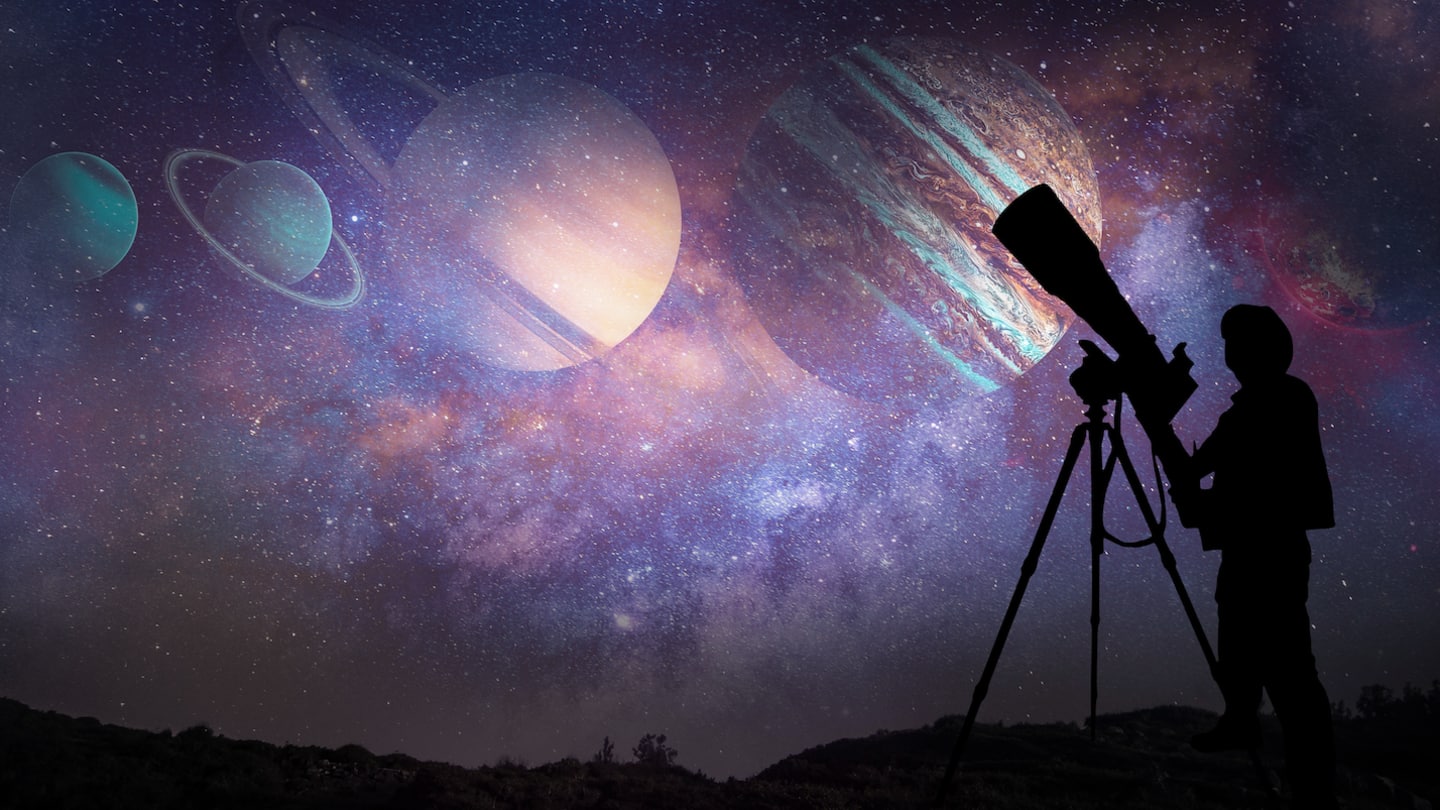
5 planets, the Moon to align in epic stargazing event
What's the story
Skywatchers and others will soon be treated to an intriguing celestial spectacle beginning from the last week of April.
Five planets are preparing to align in a rare occurrence that will be lit by the Moon's light.
The event occurs at random intervals, with the most recent occurrence being in 2020, and previous occurrences happening in 2016 and 2005.
Details
When will the planets align?
The planetary alignment is unique as planets in the solar system orbit the sun at different intervals.
Since March 2022, Venus, Saturn, and Mars have started to cluster together, as observed from Earth's northern hemisphere.
Jupiter will queue up on April 17, making a rare four-planet alignment in itself.
Mercury will join in around mid-June, followed by the Moon on June 17.
Moon
Moon to light up planetary alignment
The Moon will illuminate the enthralling view of the planetary alignment, Michelle Nichols—director of public observing at Chicago's Adler Planetarium—told Live Science.
The Moon will first join the planets between April 23 and April 29.
It will rejoin them on May 21 and then on June 17.
Interestingly, the planets will happen to line up in the order of their distance from the Sun.
Quote
How will the planets line up?
"Mercury will be farthest to the east and lower, Venus will be really bright and up above it and to the right," Nichols told Live Science.
"Mars will be orange to the southeast, Jupiter will be to the upper right and then Saturn will be to Jupiter's upper right, a little bit toward the south," she said.
Fact
Planetary alignment exclusive to Earth
The phenomenon is not a planetary "alignment," per se.
The planets will only appear to be in line to viewers from Earth since the planets orbit the Sun on a flat plane.
For instance, if anyone were to look at the planets from above in space, they would not appear to be a straight line.
Watch
How can you see the planetary alignment?
The planets will appear like stars from the night sky from Earth's northern hemisphere.
You can tell planets apart from stars as the former do not twinkle.
However, it may be difficult to spot the alignment with light pollution.
The planets will be visible in a line and their placement will depend on where you are.
You can track the planet's movements on Stellarium.